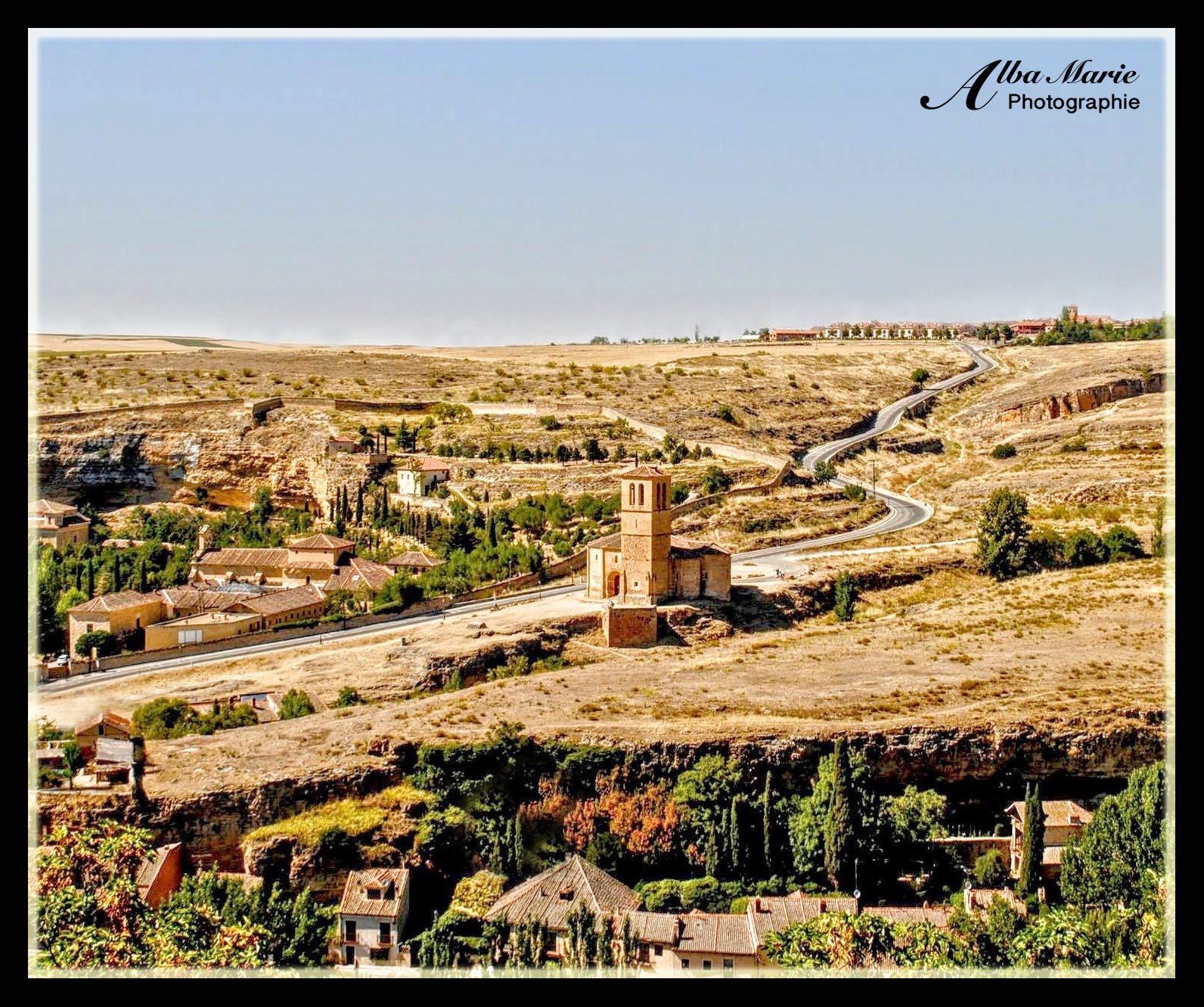
Inside Gutmanis Cave, Latvia
Founded in 1973, the Gauja River Valley is part of Gauja National Park, a protected area measuring 917.86 km². This beautiful place combines the wonders of nature with the wonders of mankind. Tucked into the heart of Latvia is the Gauja River Valley National Park, one of just four national parks in Latvia. Gauja River Valley NP is Latvia’s largest as well as oldest national park, and is home to the vast majority of Latvia’s natural caves. No where depicts this marriage of nature and manmade better than Gutmanis (or Gutman’s) Cave. A natural cave, Gutman’s Cave is often nicknamed Latvia’s oldest tourism attraction. While not large, the cave is home to hundreds of carvings of ancient past visitors who wanted to leave their mark on its walls (in a slightly more tasteful display than scratches on a bathroom wall). A local man found a good way to earn a trade: for a fee, he would carve names or coat of arms of visitors to this beloved place. (Please note that you are no longer permitted to carve or write in the cave). But why here? Legend attributes this site as the meeting point in Latvia’s tale of doomed lovers. Like the stories of Romeo and Juliet of Verona or the Lovers of Teruel, the tale of the Rose of Turaida (of Turaida Castle on one side of the valley) and her lover from Sigulda Castle on the other side of the valley does not end happily ever after. An orphaned baby found in the ruins of a war, Maija, the Rose of Turaida, is adopted by a family in Turaida. She falls in love with young Viktor the gardener and when they want to see each other, they met in between the two castles at Gutman’s Cave. The story ends tragically when Maija is killed by a local ruffian who wishes to force her to wed him. Rather than consign herself to a marriage with him, she tells him she has a magic scarf that resists blades, and he can have it instead of her. He is naturally suspicious of her claim, so she lets him try it out other first… let’s just say that the scarf was not magical, and Maija was no more. (Though her lover did apparently track him down and arrest him). Today, Gutmanis Cave is one of the several sites of interest on your hike from Sigulda to Turaida, crossing the gorge, passing by Krimulda Castle, and wandering through the darkly enchanting forest.
Pro tip: Get a map, taking the cable car across the valley and follow the trail from Sigulda to Turaida Castle. At 5 km, it’s a great day out from the capital, Riga. For those interested in the story of the Rose of Turaida, you can visit her grave at Turaida Castle.
Discover Other Caves:
- Oweynagat Cave – Ireland
- Grotte des Demoiselles – Southern France
- Caves of Clierzou – Massif Central – France
- Cavehill Park – Northern Ireland
- Pollengollum Cave – Northern Ireland









